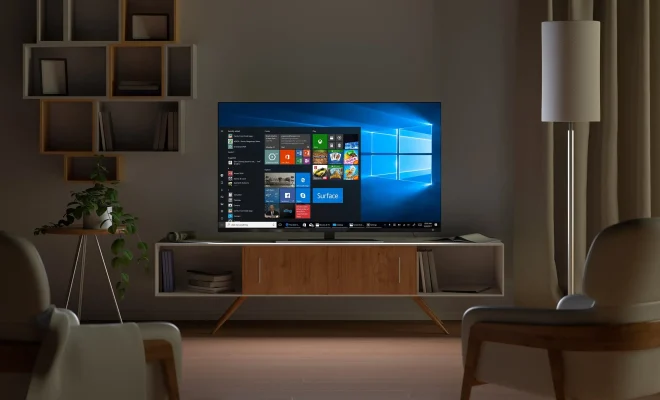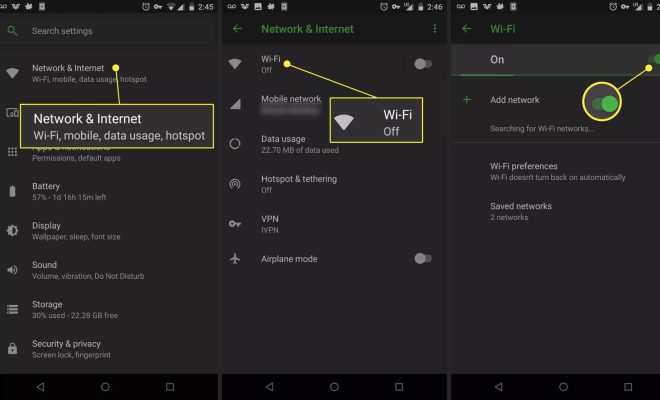How to Install Windows 11 on a Raspberry Pi 4

Windows 11 is the latest operating system from Microsoft, and it has caused a lot of buzz in the tech world for its new interface and features. While Windows 11 is designed for traditional desktops and laptops, you can still install it on a Raspberry Pi 4 if you’re interested in trying it out. In this article, we’ll guide you through the steps you need to install Windows 11 on a Raspberry Pi 4.
What You Will Need:
Before installing Windows 11 on your Raspberry Pi 4, you will need a few things:
1. A Raspberry Pi 4 board with at least 8GB of RAM
2. A computer running Windows 10 or later
3. A USB flash drive with at least 16GB of storage
4. A microSD card with at least 64GB of storage
5. A Raspberry Pi compatible monitor or display
6. A keyboard and mouse
7. A reliable internet connection
Step 1: Download the Windows 11 ISO
The first step to installing Windows 11 on a Raspberry Pi 4 is to download the Windows 11 ISO. You can download the ISO file directly from Microsoft’s website.
Step 2: Flash the Raspberry Pi 4’s Firmware
Before you can install Windows 11 on your Raspberry Pi 4, you will need to flash the Raspberry Pi 4’s firmware. To do this, follow these steps:
1. Download the firmware files from the Raspberry Pi website.
2. Extract the files to a folder on your computer.
3. Connect your microSD card to your computer using an adapter.
4. Launch the Raspberry Pi Imager tool and select your microSD card from the list.
5. Choose “Use Custom” and select the firmware files you extracted earlier.
6. Click “Write” and let the tool finish writing the firmware to the microSD card.
Step 3: Install Windows on the Raspberry Pi 4
Now that you have prepared your microSD card, you can proceed to install Windows 11 on your Raspberry Pi 4. Here are the steps to follow:
1. Insert the microSD card into your Raspberry Pi 4.
2. Connect your Raspberry Pi 4 to your monitor or display using an HDMI cable.
3. Connect your Raspberry Pi 4 to your keyboard and mouse.
4. Turn on your Raspberry Pi 4 and wait for it to boot up.
5. Press F2 to enter the firmware settings.
6. Set Boot Mode to “UEFI”.
7. Go to Device Manager, select USB and set “USB boot” to enabled.
8. Save the changes and exit the firmware settings.
9. Wait for the Raspberry Pi 4 to reboot.
10. When the Raspberry Pi 4 has rebooted, press F12 to select the boot device.
11. Choose your USB flash drive from the list.
12. Wait for Windows 11 to load.
13. Follow the Windows setup wizard to install Windows 11.
Step 4: Configure Windows 11
Once you have successfully installed Windows 11 on your Raspberry Pi 4, you can proceed to configure it. Make sure that you have a reliable internet connection and install any necessary drivers and updates. You may also want to adjust the display resolution and settings to optimize the performance of Windows 11 on your Raspberry Pi 4.
Conclusion Installing Windows 11 on your Raspberry Pi 4 requires a bit of work, but it’s definitely worth it if you want to experiment with the latest version of Microsoft’s operating system. By following the steps outlined in this article, you can enjoy Windows 11 on your Raspberry Pi 4 and experiment with its new features and interface.





